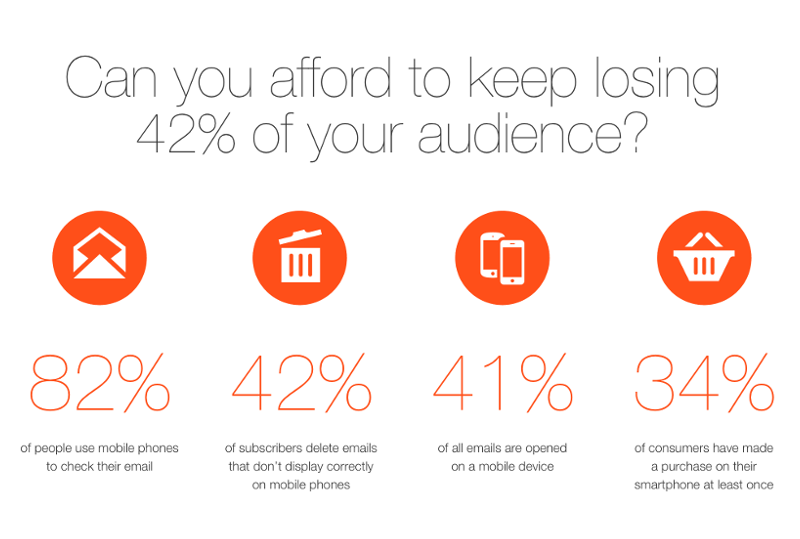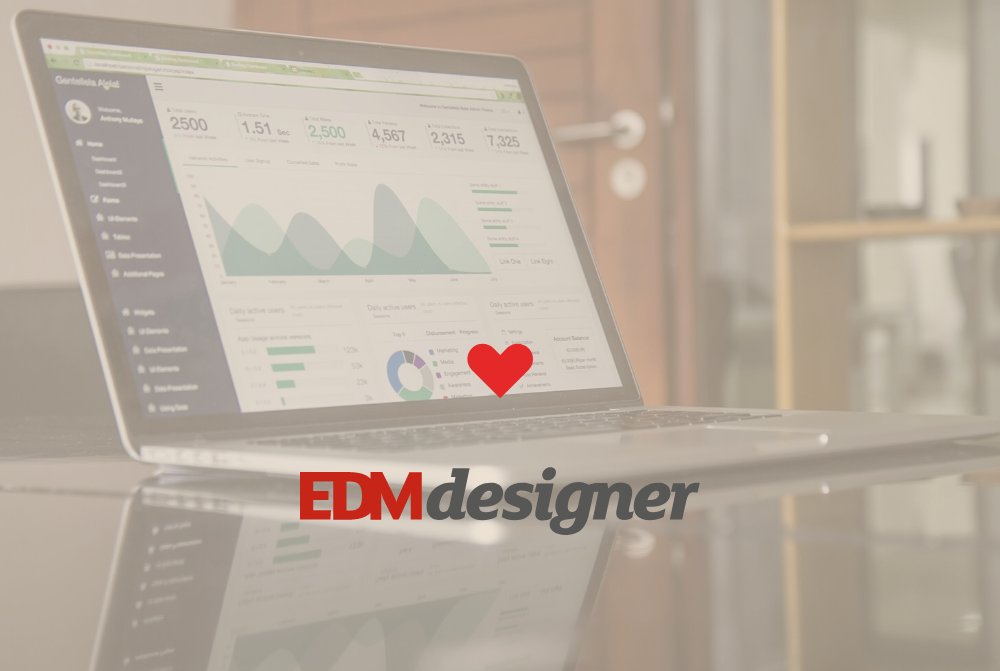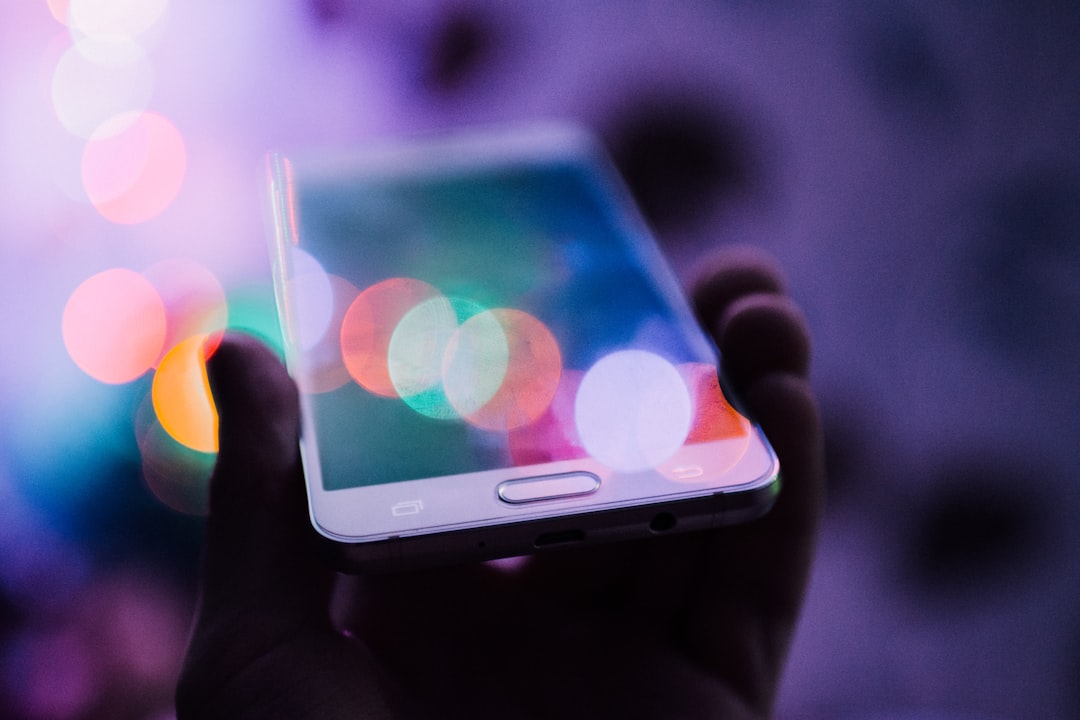Text or Graphics?
There is some debate over what works and what doesn’t in email marketing – some say that you should completely avoid graphic CTAs in mail and only use texts that are obvious links. The email reading experience however greatly changed over the last few years.
In the past images were not displayed as default in most emails for security reasons. Computer or mobile devices were feared to be compromised by them by unknown senders. And of course larger images took a fair amount of time to download too – which could significantly decrease user experience on devices with weak connection.
But connection these days is hardly an issue – images can be almost instantly downloaded to most devices. Security concerns also faded: Gmail displays images as default since the end of 2013 because they serve them through their own proxy servers.
Images can be really compelling. They can easily stand out and draw the attention of readers as no simple text link could – given that you compose your email using the right email editor.
Today similar guidelines apply to email marketing CTAs as to commercial websites. You can use images, buttons, graphics or simple text – it depends on your audience which will serve you the best, but none of it is forbidden.
Less is more!
First of all: don’t use too many CTAs!
We have already talked about this in our previous article. You should not clutter your email with buttons. Instead spend time with composing it the right way, use a drag and drop email editor and play around, so you can place one or two CTAs at the best possible way.
Case studies have confirmed that if you use less buttons, you can achieve much higher conversions. Whirpool for example were able to increase their conversion rate by 42% with leaving only one CTA in their email message.
 Image source: Econsultancy.com
Image source: Econsultancy.com
They got rid of all the “Learn more” buttons and left only the bottom one – and click-through increased thanks to this.
Choose your words carefully!
It is very important what you write on that button. You can word your CTA in various ways but not all will be loved by your audience.
There is no golden rule here, only guidelines – you must A/B test to find out what works best for you. But you should always keep one thing in mind when wording the CTA.
**You should tell your readers what they can expect after clicking. **Take WriteWork for example: their stock phrase “Get Instant Access Now” lost spectacularly against “Read Full Essay Now”.
 Image source: Aweber.com
Image source: Aweber.com
The first versions had 34% less conversions. Why? Because the second one clearly told everyone what is on the “other side”.
Making it more personal can also work. Just by changing “your” to “my” resulted in a **90% increase in CTR **for Unbounce. That is a change involving six characters, which brought twice as many people to the decision to click on the button.
 Check out this post from Platonik.co.uk for additional examples.
Check out this post from Platonik.co.uk for additional examples.
These are only two examples out of thousands. The copy of your CTA has a much greater impact than you would think, so testing plays a crucial part.
What color to choose?
The color of a CTA is also very important. Changing nothing else but the color of a button can result in a 30-40% increase in conversions, and the reason for this can be found in color theory.
Different colors trigger different emotions – for example green is a color of nature and life, and also money, so we connect growth, wealth and stability to it. Blue is the color of reliability, often used by insurance companies and banks.
Of course you can also direct the attention of the viewer to the CTA by choosing wisely.
Try not to be too harsh or inconsistent and chose a color which reflects your brand and its message properly. Using contrasting colors can be effective, but you should familiarize a little with basic color theory before picking random colors.
How well does this work? Well the guys at Performable for example were able to increase conversions on their landing page by 21% after cloning their pages and trying out red vs. green buttons – everything else remained unchanged
What if you are using text?
All the above stays valid even if you are using only text. The copy in this case becomes very important, but also color and design (typeface) counts, since these are the only properties that can distinguish the CTA from standard text content.
But graphic elements are not something you should be afraid of. With some exciting ideas, a good responsive email editor and basic understanding of design you should be able to produce marketing emails which you can test on your audience and refine them to perfection.
What colors and tricks work for you the best? Please share your own insights in the comments’ section!



